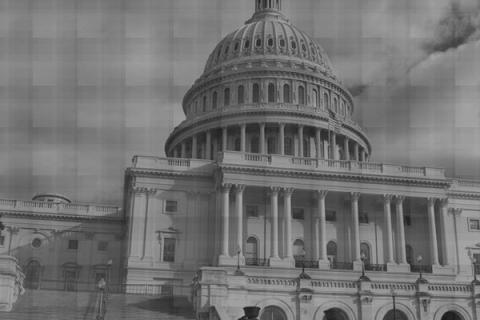Idealistically, Los Angeles' Measure B, or the Green Energy and Good Jobs for Los Angeles Plan, sounds like a benevolent counter-strike against the smog-ridden metropolis. But the March 3 ballot measure, already at the mercy of absentee voters, elicits questions about how it will be successfully funded and implemented.
The measure would require the Los Angeles Department of Water and Power (LADWP) to install and maintain at least 400 megawatts of electricity generated by solar power within the city of LA by 2014. It would also be a step closer to fulfilling LA Mayor Antonio Villaraigosa's ambitious "Green LA Plan," which in part aims to generate 10 percent of LA's power supply through solar energy by 2020. Why not utilize some of LA's 276 days of sunshine a year to power our homes, and businesses, including airports?
Still, the plan does not detail how, and in what amount, it will amass its funding. The language of Measure B states that the plan will include "an initial financing" scheme within 90 days of its start-up. But don't voters want to know how they'll be footing their share of the bill before they cast their votes?
The largest personal benefits of the measure aim for job creation -- especially vital in a state with an unemployment rate of 9.3 percent. As stipulated under Green LA, 10 megawatts of power can create 200 to 400 jobs spanning from research and development to repair. Under a high-end estimate, that equates to 1,600 new solar-related jobs in "municipal owned solar power facilities" by 2014 if those 400 megawatts of installations are achieved. But will the costs to train and retain workers cost taxpayers more than the amount of productivity their employment yields--both toward the economy and the environment? And are those 1,600 jobs necessary for a program that only requires the voluntary participation by commercial, industrial and institutional partners?
As necessary for a measure that runs on voluntary participation, this one boasts of incentives, such as providing solar systems to low income communities at a "substantially lower cost," according to the language of Green LA. Still, we do not know what the initial costs are in the first place, and therefore we don't know how much of a reduction there can be.
There is no doubt that LA -- one of the top three polluted counties in the United States -- needs to clean up its environmental act. In California as a whole, there is a strong potential for the creation of innovative jobs related to the environment. The state does have the most patent registrations for green technology. We, the voters, just have to see that these so-called green jobs will save more resources than their creation will exhaust.
